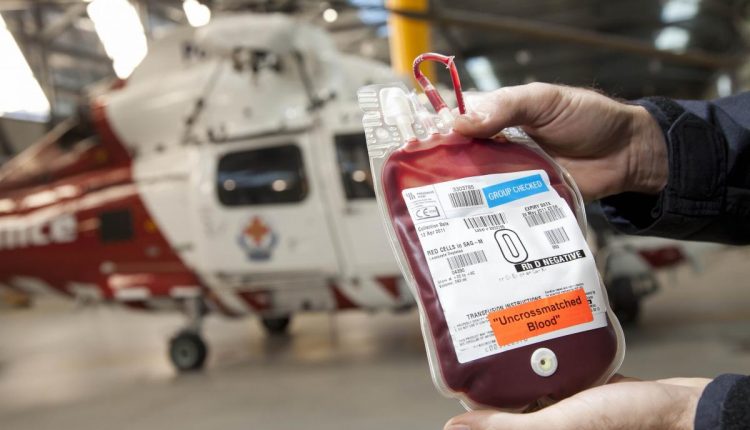
Blood transfusion: recognising transfusion complications
Let’s talk about transfusion complications: blood transfusion can be carried out on the ward, in the day hospital or at home, the procedure is regulated by law from the taking of blood from the donor to the actual transfusion
The transfusion does not generally cause reactions of any kind and the patient does not feel any effect: transfusion complications are not frequent, but they must be known
The transfusion procedure requires that vital signs are taken before the transfusion and also at the end of the transfusion or within 1 hour after it is finished.
The reason for this is easy to understand given the type of complications.
Transfusion reactions (and therefore complications) can be:
- acute, when symptoms appear from the moment the transfusion starts until 24 hours later,
- delayed, when symptoms occur even after 1-2 weeks.
Acute reactions can be mild when present:
- urticaria
- rush
- itching
The most likely cause is mild hypersensitivity.
Acute reactions may be moderately severe when present:
- flushes
- chills
- fever
- agitation
- tachycardia
- anxiety
- palpitations
- mild dyspnoea
- headache
The most probable cause is moderate hypersensitivity, severe hypersensitivity from anti-leukocyte antibodies, anti-protein antibodies, bacterial contamination of the bag.
Acute reactions can be very severe and potentially fatal when present:
- fever and chills
- agitation
- hypotension
- tachycardia
- haemoglobinuria
- nappus bleeding (DIC)
- anxiety
- chest and/or lumbar pain
- pain at the point of infusion
- air hunger and/or dyspnoea
- headache
The most likely cause is acute intravascular haemolysis, bacterial contamination with septic shock, circulatory overload, anaphylaxis, TRALI.
Delayed reactions may appear up to 12 days after transfusion, such as delayed haemolytic reaction, post-transfusion purpura and GvHD.
Double-check procedures are required by law to avoid serious haemolytic incidents that occur when transfused blood cells react with circulating antibodies of the recipient, resulting in intravascular haemolysis.
In most cases they are due to human errors such as:
- transfusion of correctly labelled blood to the wrong person
- incorrect labelling of blood samples before transfusion
- transcription errors at the Transfusion Service
The acute haemolytic reaction may appear immediately after infusion of 10-15 ml of blood, the severity increases with the amount of blood infused, the signs and symptoms are: malaise, fever, chills, chest constriction, headache, lumbar bar pain, hypotension, pain at the site of infusion, redness, dyspnoea, nausea, small and frequent pulse, oliguria anuria, generalised bleeding.
They may be present in all or only some, the detection of vital parameters before transfusion allows a differential with the parameters during the transfusion reaction.
This is most relevant in the unconscious or anaesthetised patient where we can detect hypotension, bleeding at the surgical site, haemoglobinuria.
Whenever an acute haemolytic reaction is suspected, prompt action must be taken by stopping the transfusion and keeping the venous line open, if possible taking an additional venous route for infusion and monitoring the patient.
The treatment requires the physician to liaise with the transfusion service physician in order to best act in accordance with the patient’s clinical condition.
Knowledge of the symptoms of transfusion complications enables even mild reactions to be recognised
The blood transfusion lasts one hour, the patient should be monitored and supervised, and should not feel anything more than he did before the start of the transfusion.
Read Also:
What To Do With Trauma In Pregnancy – A Brief List Of Steps
Blood Transfusion In Trauma Scenes: How It Works In Ireland
TRALI (Transfusion-Related): A Serious But Rare Transfusion Complication


